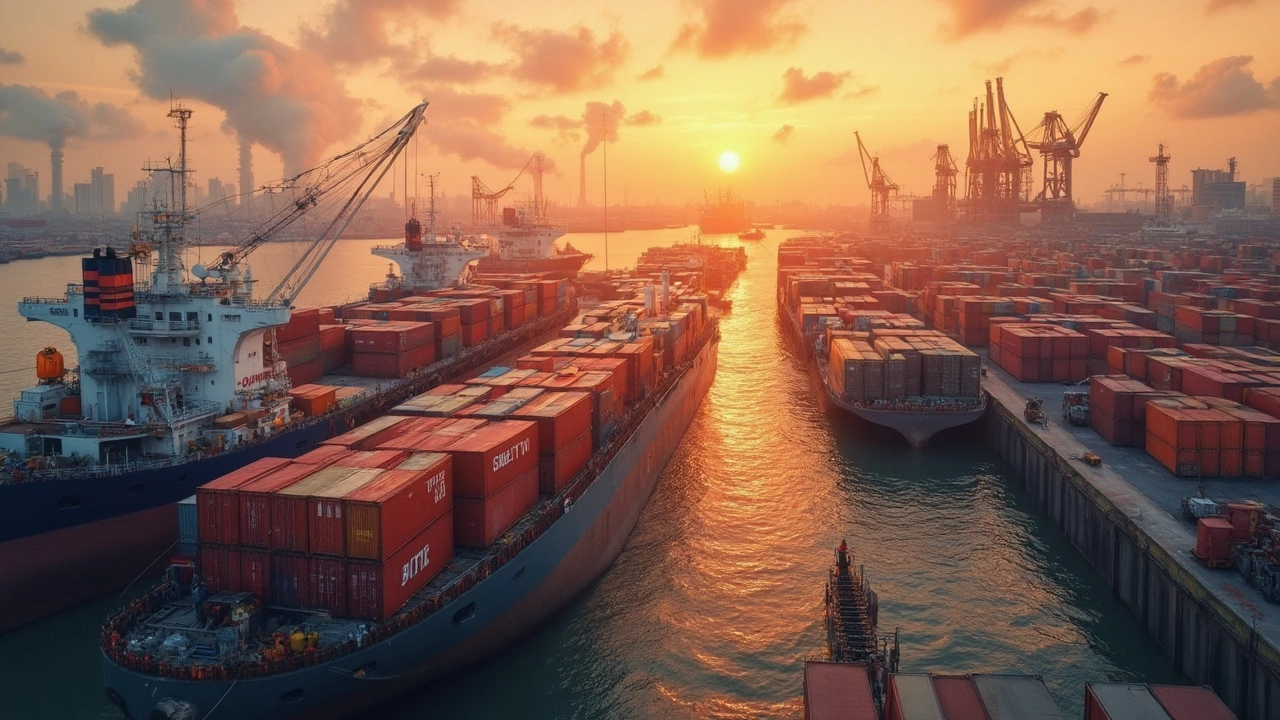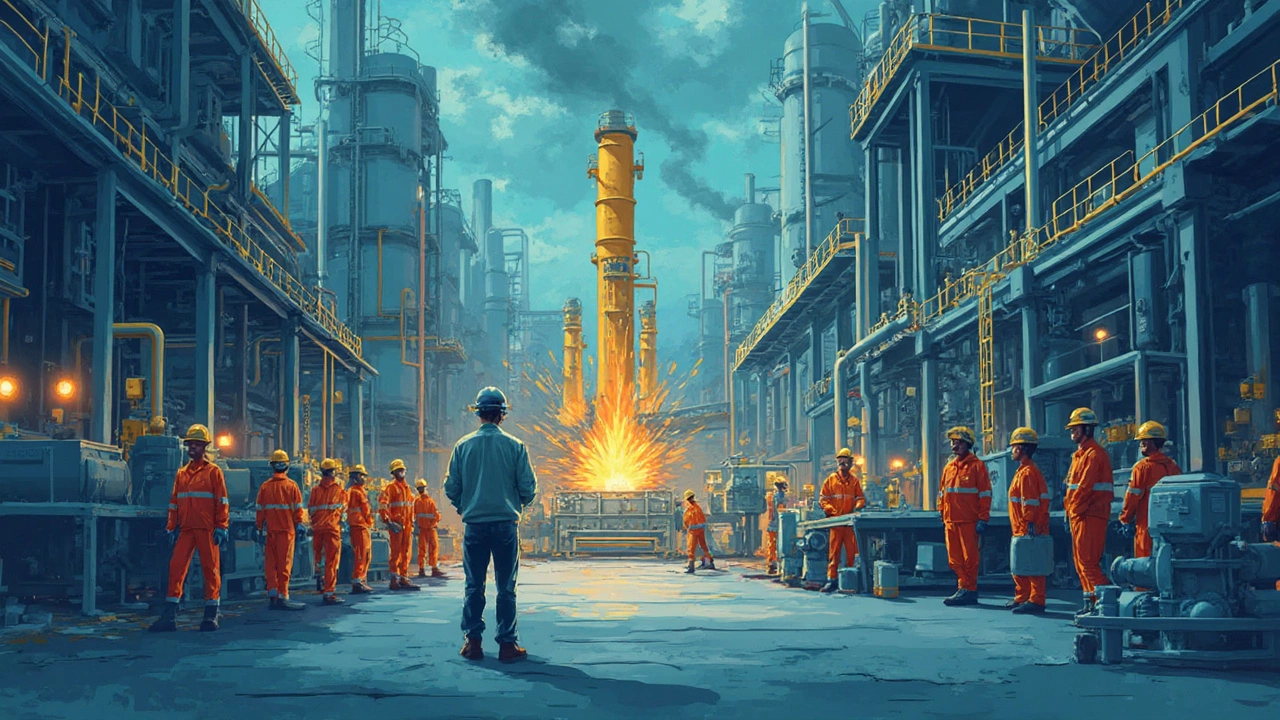Chemical Manufacturers: What They Do and Why They Matter
When talking about chemical manufacturers, companies that transform raw chemicals into usable products for a range of industries. Also known as chemicals producers, they handle everything from basic solvents to high‑performance polymers. Pharmaceutical manufacturers depend on them for active ingredients, while plastic manufacturers source polymer resins directly from their plants. This ecosystem creates a chain where raw material processing meets finished‑goods production.
Key Sectors Linked to Chemical Manufacturing
Raw material sourcing is the first link in the chain. Chemical manufacturers buy crude oil, natural gas, or bio‑based feedstocks and turn them into intermediates. Those intermediates then feed textile manufacturers that need dyes, finishes, and synthetic fibers. At the same time, food processing manufacturers rely on food‑grade chemicals for preservatives, flavor enhancers, and cleaning agents. The result is a tightly knit network where one sector’s output becomes another’s input.
Technology drives the whole system. Modern chemical manufacturers use advanced process control, AI‑based monitoring, and sustainable reactors to boost yield and cut waste. These improvements cascade to downstream players—plastic makers gain more consistent resin grades, pharma producers see higher purity APIs, and textile firms enjoy tighter colour consistency. In this way, chemical manufacturers act as a catalyst for innovation across the supply chain.
Regulation is another binding force. Safety standards, environmental permits, and quality certifications dictate how chemicals are produced and handled. Pharmaceutical manufacturers must meet GMP (Good Manufacturing Practice), while plastic and textile companies follow REACH or BIS guidelines. The shared compliance landscape forces all these players to adopt best‑practice procedures, making the whole ecosystem safer and more reliable.
Current market trends show strong growth for specialty chemicals tailored to high‑value applications—think biodegradable plastics, pharma‑grade excipients, and performance textiles. Investment is flowing into R&D, especially in green chemistry, which promises lower emissions and reduced water usage. For chemical manufacturers, this means expanding into niche markets while still supporting the bulk needs of plastic, pharma, and textile sectors.
All these connections set the stage for the articles below. You’ll find deep dives into specific industries, real‑world case studies, and actionable tips that show how chemical manufacturers influence everything from U.S. steel towns to Indian textile powerhouses. Keep reading to see how each post unpacks a piece of this complex, interwoven manufacturing puzzle.


